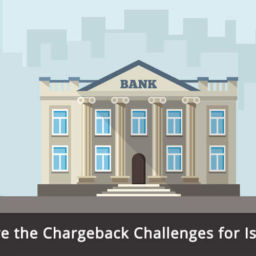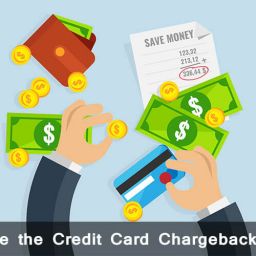
Before going into a detailed discussion, let us understand what friendly fraud is. It is often interchanged with the term ‘chargeback frauds’ as it involves customers misusing chargeback process at merchant’s expense. Instead of approaching merchant directly for a refund (due to any reason), the customer chooses to contact issuing bank to file a chargeback.
Reason for Friendly frauds
There are customers who intend to conduct fraud to gain but there are a few who do not commit fraud intentionally. Whatever the type of friendly fraud is, it causes damage to the business and merchant should be prepared to fight or reduce friendly frauds beforehand, before it’s too late.
Unintentional friendly frauds: The main reason for unintentional fraud is lack of knowledge. Customers do not understand the basic difference between a chargeback and a refund. Get engaged in ‘cyber-shoplifting’ unknowingly and file a chargeback due to following reasons:
- They get money back with less hassle through chargebacks
- Do not think about how and who was responsible for reimbursing them
Unless the merchant decides to take a strategic approach to fight against friendly frauds. Which is a costly threat, they risk their businesses with the following thing:
- A loss in annual revenue
- Reputation or brand image
- Ability to accept credit card/ account freezes
Intentional friendly frauds: These frauds inflict long-term damage on an online business, especially the merchant that accepts ‘Card-not-present’ transactions. They are aware of their actions and make purchases to file illegitimate chargebacks. To make ‘double-dip’ on the fraud, some might claim refund directly from the merchant before filing chargebacks.
![]()
Email us anytime!
Email customer service 24/7
![]()
Call us anytime!
Reach customer care 24/7 at +1 (888) 901-8653
Various ways to reduce friendly frauds
Although friendly frauds are everywhere, merchants are also not incapable of fighting against them. There are a number of ways to reduce friendly frauds. Few of them are discussed below.
1. Use of Chargeback Alerts and Prevention Tools
Banks have security measures that are meant to prevent friendly frauds and can provide assistance to the merchant to defend against friendly frauds. These tools can be used to strengthen representment case for merchant if cardholder files an illegitimate chargeback.
2. Card Security Code
It is CVV2 (Card Verification Value Code) that cannot be stored by the merchant and can prevent fraud. When The presence of the card and it’s possession is legitimized when this code is entered by the cardholder at the time of the sale. Having the code in the receipt can be used as an evidence to dispute the illegitimate chargeback.
3.3-D Secure
It is a payment service, which provides extra service to Visa and MasterCard. By simply using a 3-step authentication procedure, a merchant needs to enter a predetermined passcode to complete the transaction during the checkout process. An actual owner of the card can only provide this information and it authenticates cardholder as well.
4.Address Verification
An easy way to reduce friendly frauds is by verifying customer’s address by using AVS (Address Verification System). This can help in identifying potential criminal fraud during check out process and if a chargeback is filed, a positive AVS can refute cardholder’s claim.
5. Stellar Service
Try to build good relation with your customer and provide them comfort with polite behavior and resolve their issues sensitively. By gaining customer’s confidence. You can keep their loyalty that will benefit in the long run.
6.Use of Electronic Signature
The transaction specific information is like icing on the cake when it comes to disputing chargebacks. When completing an online purchase. Customer needs to sign an electronic signature page. This will inform the customer of the purchases he made as well as give a clear idea about the terms he is agreeing to.
7.Follow-up and Follow-through
It is a good practice to follow-up every transaction by sending a confirmation email to the customer that includes order information, tracking number and the amount charged.





